Landscape? More like “Flavorscape!” Here are some neat heirloom vegetables that will make your landscape good enough to eat.
You don’t have to sacrifice your neatly-maintained landscape to grow a vegetable garden. If your homeowner’s association doesn’t allow you to grow fruits and vegetables on the land that you own, there are a variety of attractive edible plants that can double as ornamentals.
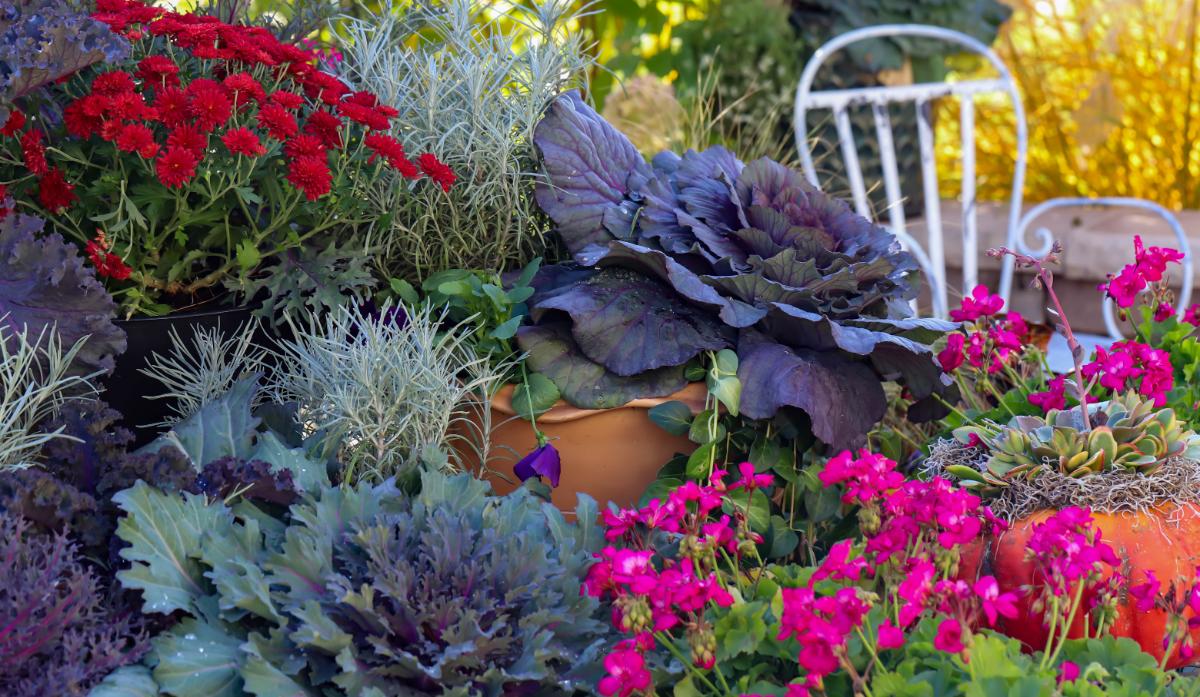
Many people know what a tomato plant looks like or can recognize a strawberry patch. But many are unfamiliar with the wild variety and beauty of heirloom vegetables in the garden. Heirlooms can double as attractive ornamentals in the garden when used in the right way. They add color and texture to the landscape – and taste!
Jump to:
Heirloom Vegetables That Work as Ornamentals
Kale (Brassica oleracea)
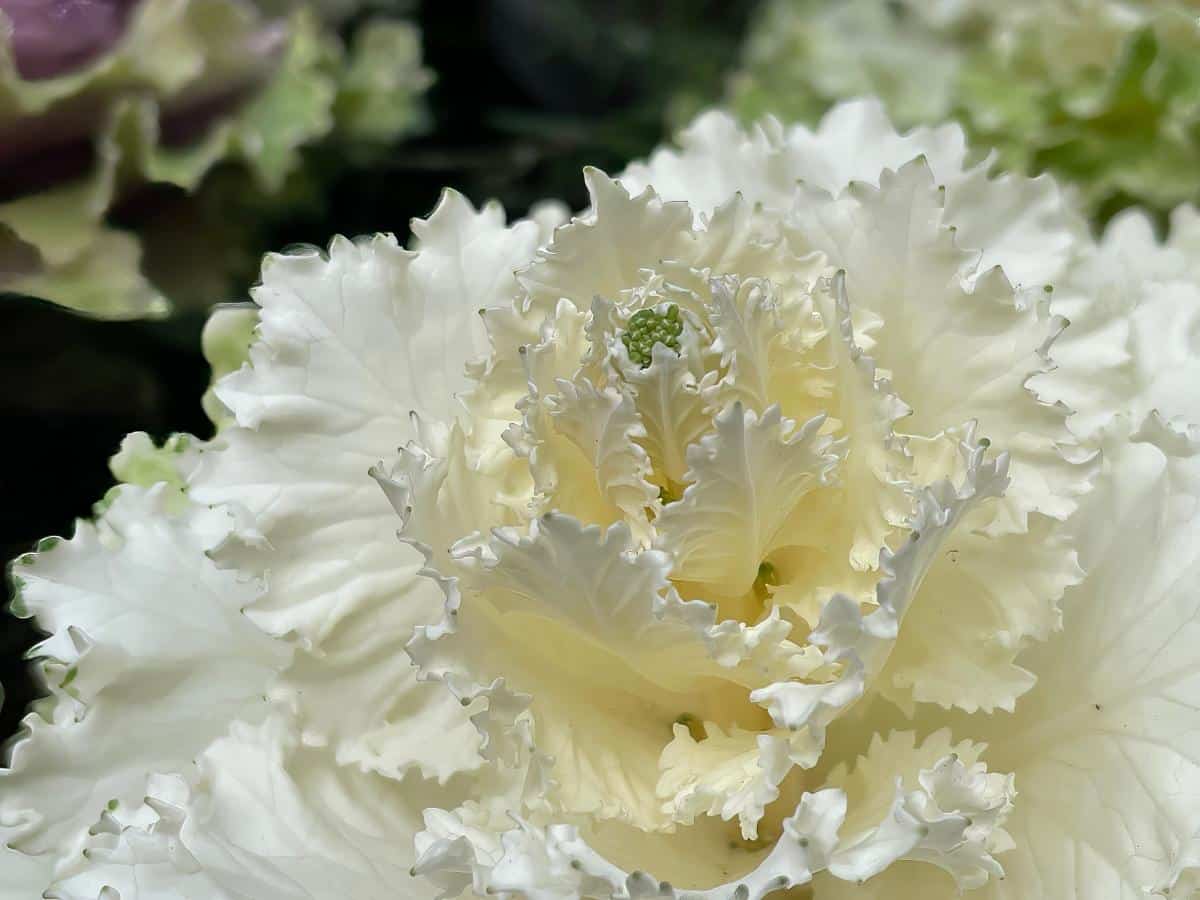
Kale is a superfood, but it’s also a super example of color and texture. But before we go too far into this, I’m not talking about ornamental kale here. These look like colorful cabbages and are often planted in large landscapes in early winter to fill in all the places where the annuals turned black after the first hard freezes and died. Ornamental kale is bitter and not very tasty at all.
However, heirloom varieties add bold color and a unique texture to the landscape.
- ‘Scarlet Kale’ features dark reddish-purple leaves, all frilled and cleaved.
- ‘Lacinato’ has long, deeply textured blue-green leaves.
- ‘Red Russian’ is mostly green, but the midrib is purple.
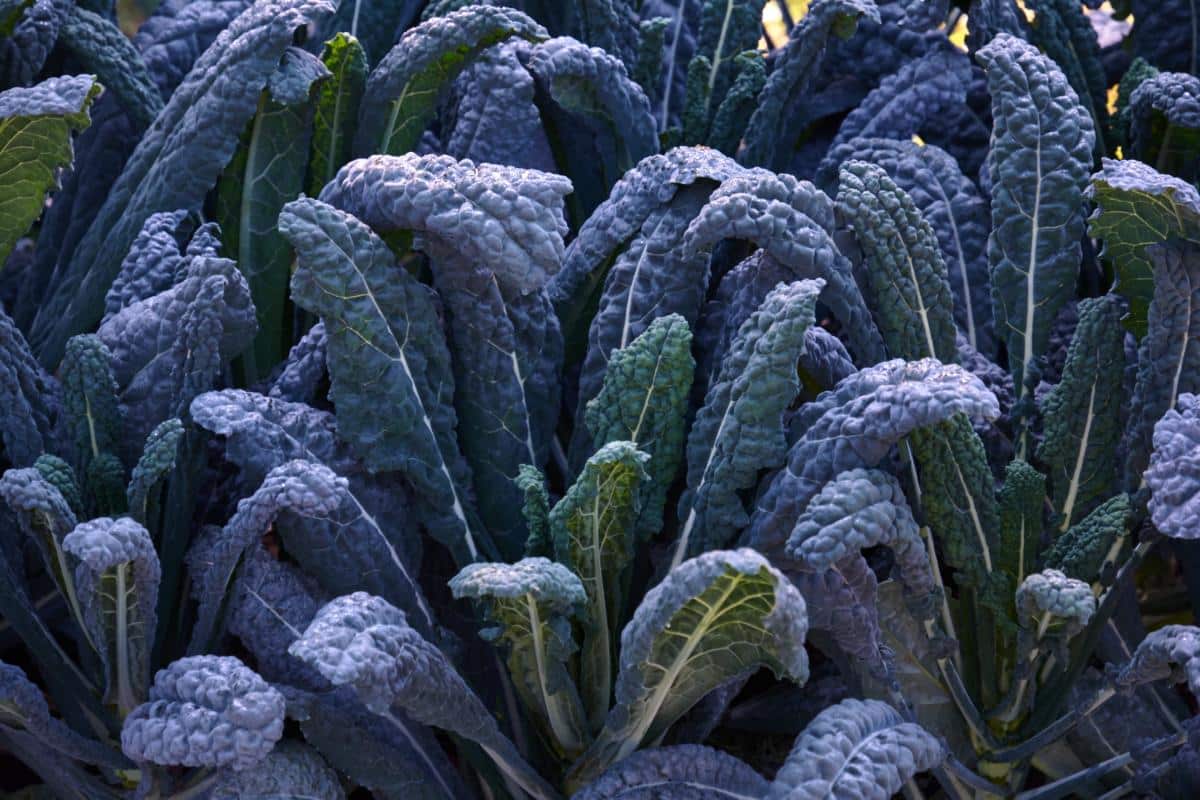
- ‘Black Magic’ matures to a deep, dark green.
- ‘Red Ursa’ offers more purple.
- ‘Red Chidori’ is more compact, with dark purple and red-purple on the bottom of the leaves.
- ‘Red Volants’ is a Dutch variety of lighter purple-red.
Red or Purple Orach (Atriplex hortensis rubex)
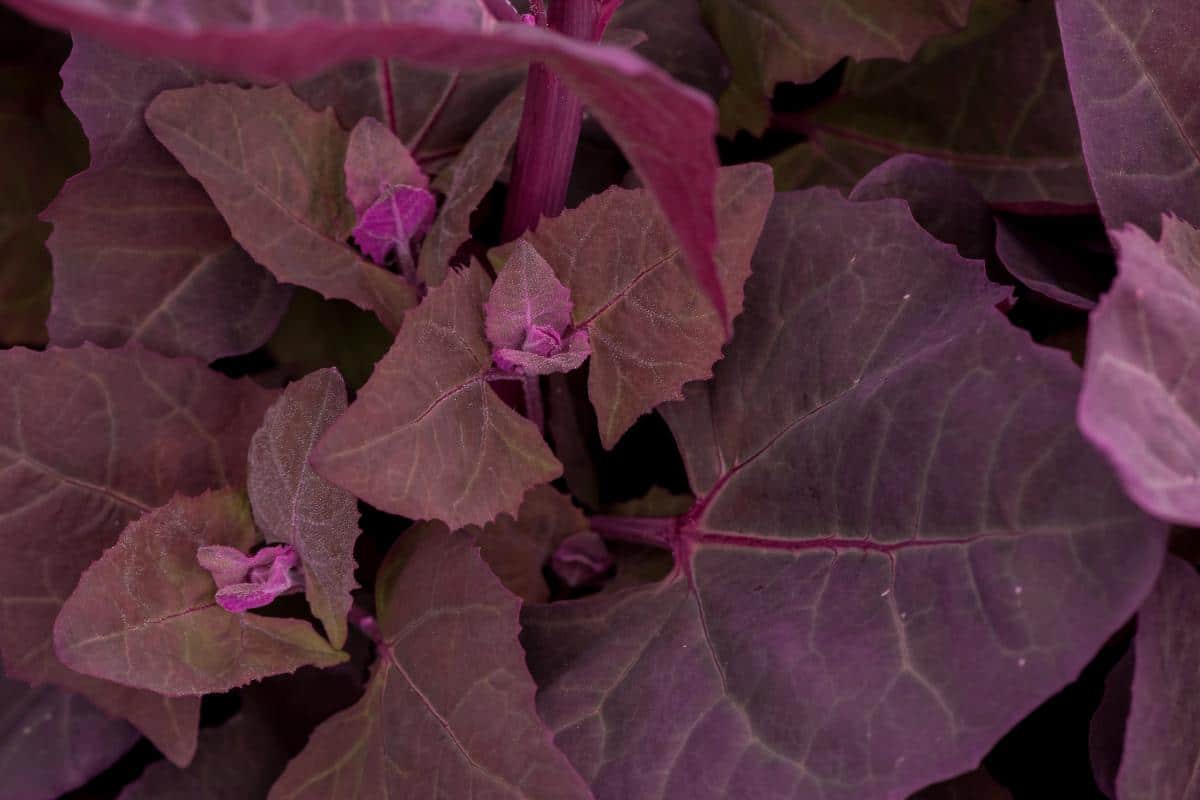
| Grows: | 4 to 10 feet tall |
| Color: | Bright red |
| Harvest: | Pick young leaves when the plant grows 12 inches tall |
| Eat: | Prepared as spinach. Add raw to salads or cook them as greens |
Folks really can’t say “Eat your greens!” anymore because many of the greens are purple – like red orach. This heirloom is also called butter leaves, French spinach, or red mountain spinach. It’s also a superfood and also adds a kick to your garden with tall plants with burgundy leaves and stems, all of which are edible. Spinach and orach are in the same family, so they share some similarities. It’s also been cultivated for about 3,000 to 6,000 years, so it’s safe to say that this is a fairly straightforward plant to grow and have stuck around this long.
Grow orach much in the same way that you’d grow spinach. Sow it for spring color (and harvest) and then again in summer for fall color (and harvest).
Amaranth
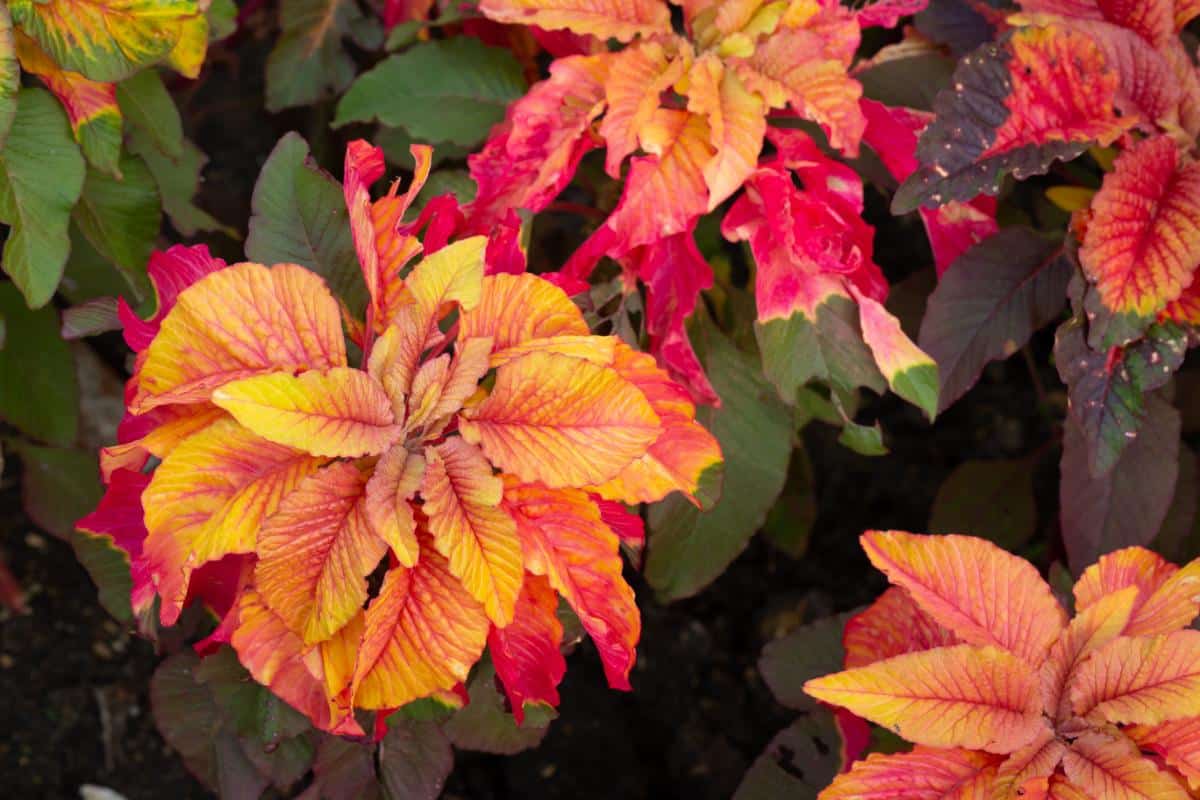
Amaranth plants are definitely back-of-the-border plants that will probably need support or staking as they grow 4’ to 6’ tall. Their young leaves are edible and taste much like spinach when cooked.
Amaranth is in the same family as lamb’s quarters, an edible weed grows to over 5 feet tall. Weed relatives have no trouble with growing vigorously!
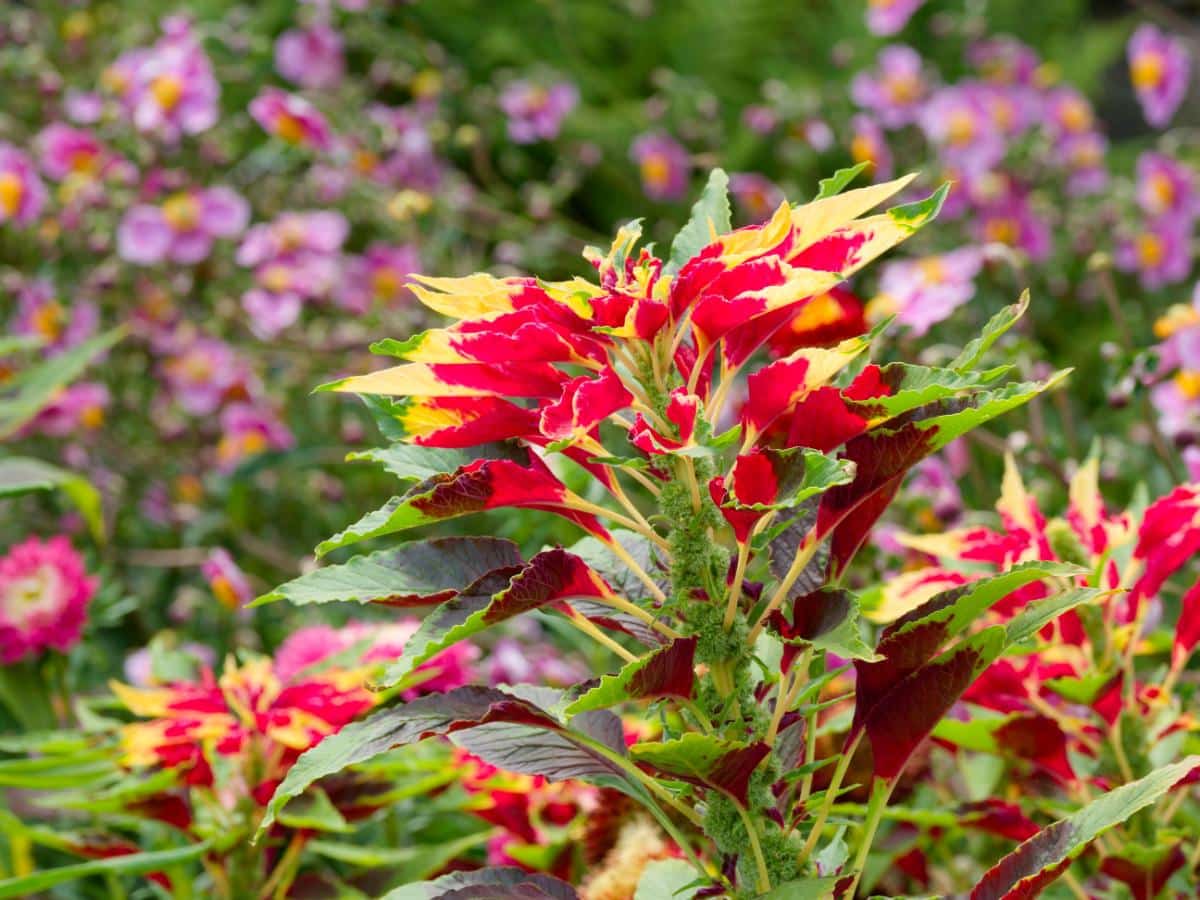
- ‘Joseph’s Coat’ is a color powerhouse that’s been adored since the days of Queen Elizabeth I. It’s been described thusly: “Every leaf resembles in color the most fair and beautiful feather of a parrot.”
- ‘Molten Fire’ is a more recent amaranth from 1922 that has dark burgundy leaves topped by bursts of large red flowers in fire-truck red.
- ‘Golden Giant.’ These amaranths are grown mainly for the seeds. ‘Golden Giant’ will grow 5 to 7 feet tall with huge copper-colored seedheads that bear about 2 pounds of seed per plant!
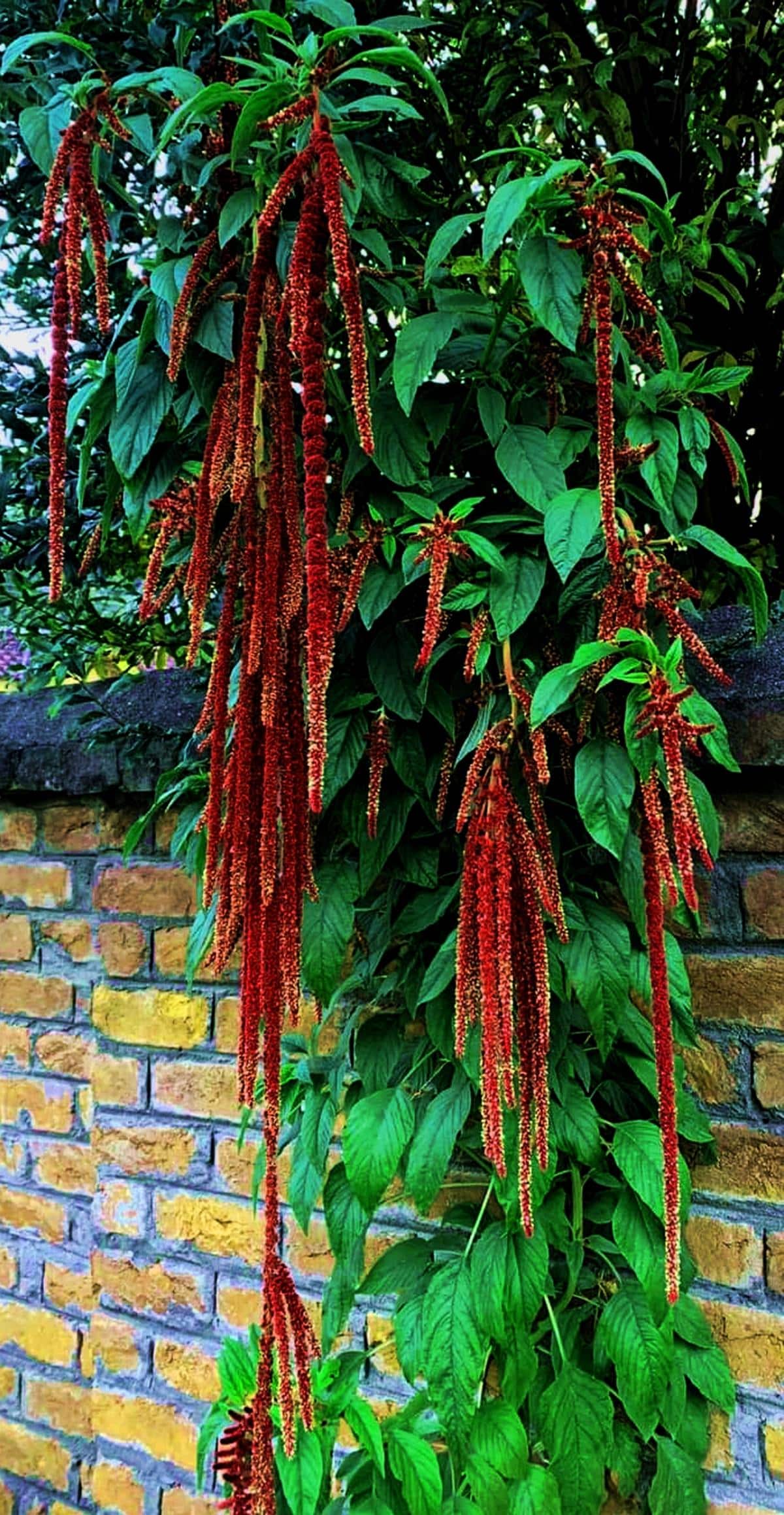
- ‘Love Lies Bleeding,’ the old favorite, grows up to 6 feet tall with long tassels of maroon flowers that hang down to the ground. This flower can be grown along a fence where their flowers will hang down quite beautifully. Both leaves and seeds are edible. Seeds can be harvested from the flowerheads. Hang them up indoors where they can dry out, then thresh the grains, use a screen to get rid of the chaff, then they can be sprouted for a tasty snack or popped in hot oil like popcorn or ground into flour.
Learn more about 22 Ornamental Plants to Grow in an Edible Foodscape Garden
Pole Beans (Phaseolus vulgaris)
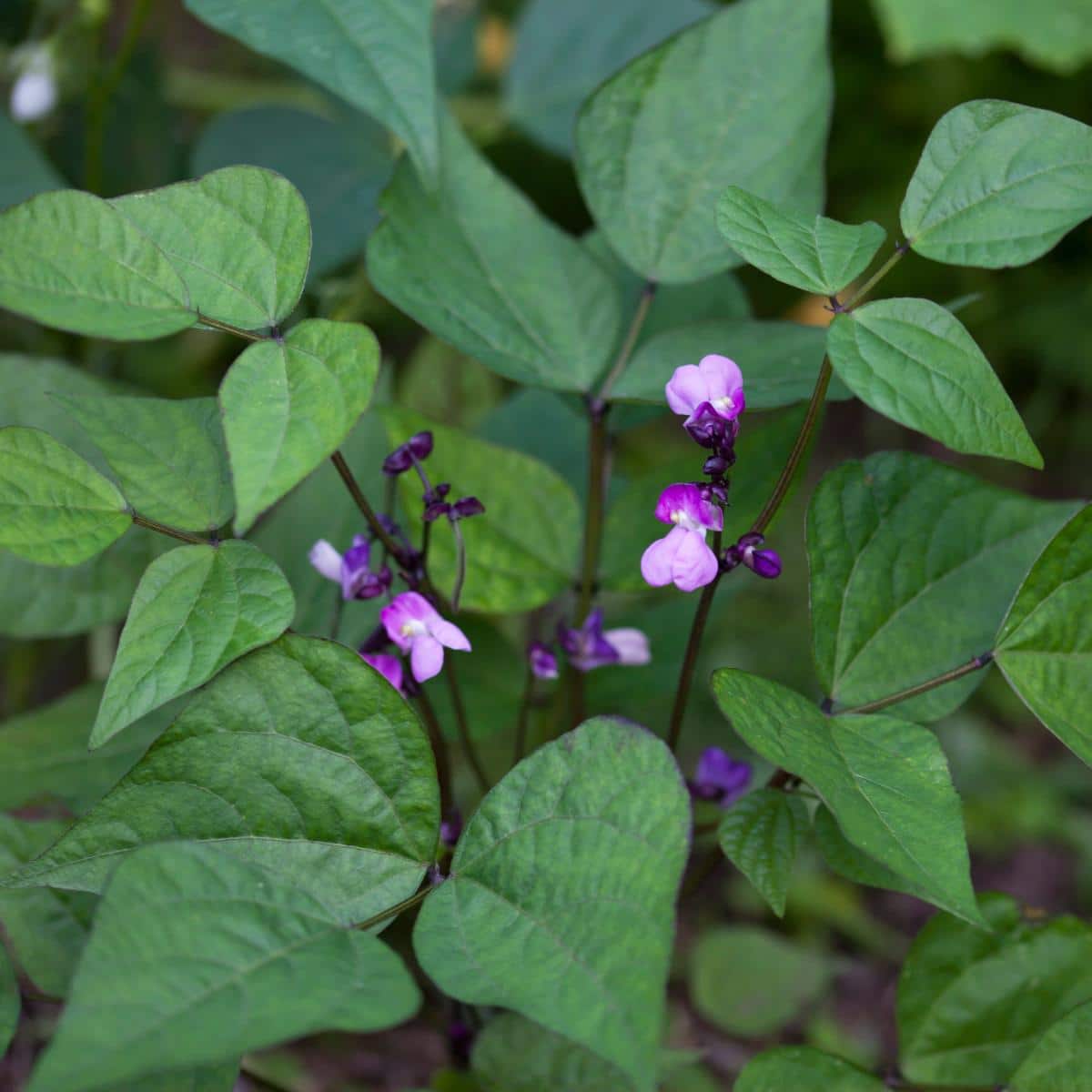
If you have an arbor or tall trellis, grow some brightly-colored pole beans to share space with your clematis or climbing flowers. The leaves of bean plants aren’t of interest – but the beans will definitely add color and interest to the garden.
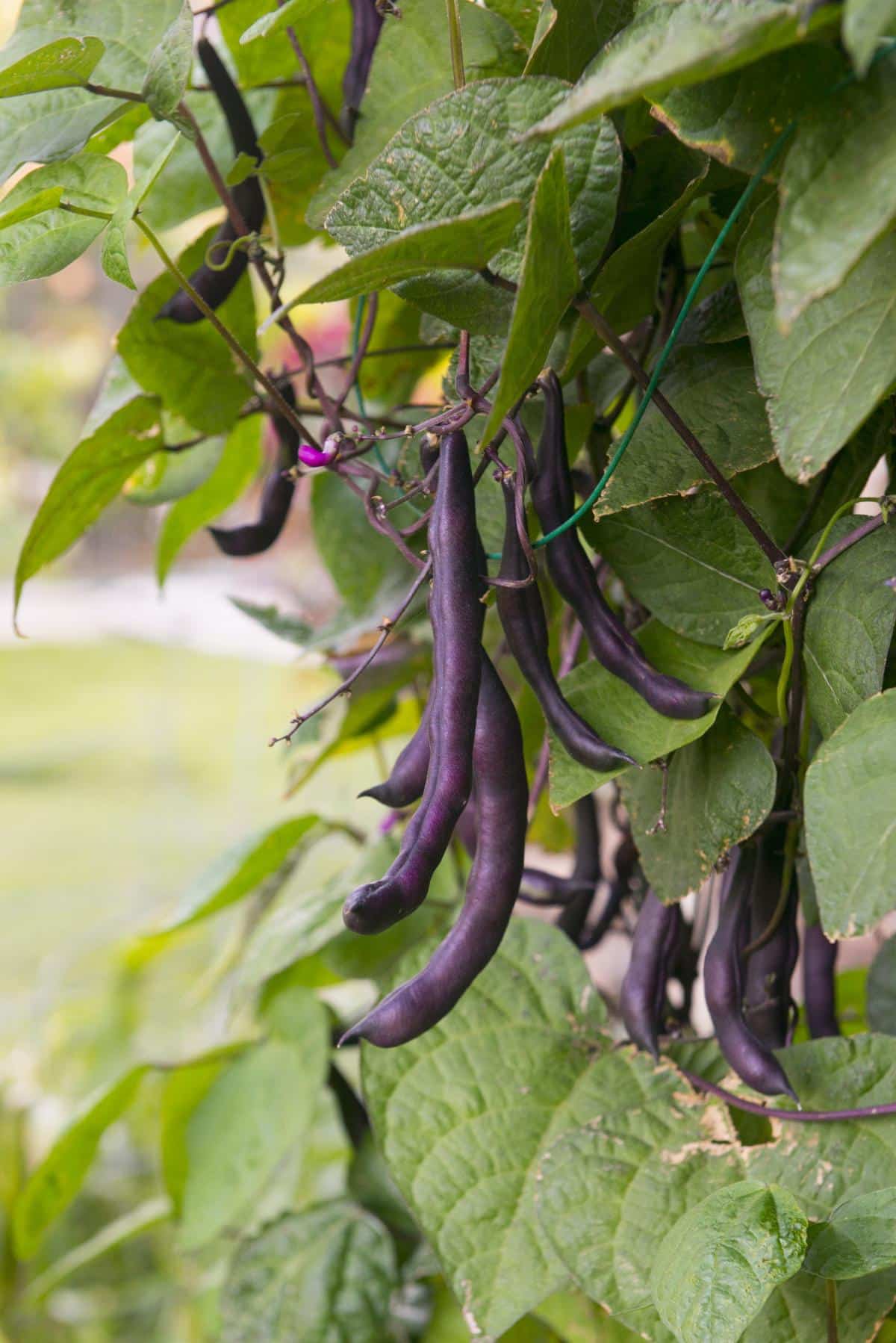
- ‘Dow Purple Pod’ bears burgundy beans along with bright pink flowers.
- ‘Monte Gusto’ means “mountain of taste” and bears yellow, buttery bean pods with purple veins.
- ‘Borlotto Lingua di Fuoco,’ also called the cranberry bean, is a vigorous grower and bears a multitude of beans with red and white stripes.
- ‘Royalty Purple Pod Bean’ has green leaves flushed with purple for added color in the landscape and bears deep maroon-colored beans.
Tomatoes
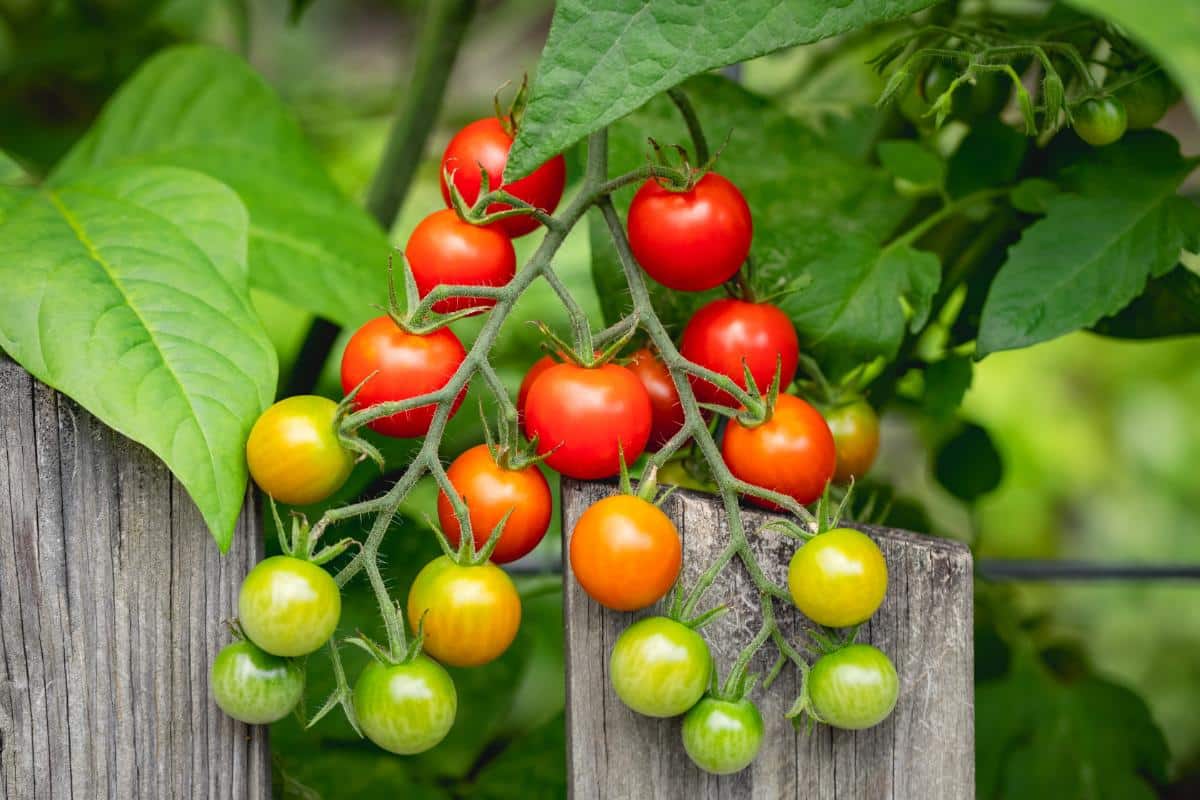
Not any tomato will work in the ornamental landscape. The best ones are determinate tomatoes. Indeterminate tomatoes are the ones that roll across everything in their path and don’t stop growing until frost. Determinate tomatoes are manageable – they grow to a certain height and stop there and bear all the tomatoes.
If you prefer indeterminate tomato varieties, grow them on a trellis to keep them manageable and attractive.
There are several compact varieties that will stay in bounds and make themselves colorful with fruit.
- ‘Ponchi Mi’ and ‘Micro Tom’ are two tiny tomato varieties that grow only 6 to 8 inches tall.
- ‘Tumbling Tom Red’ will cascade down the sides of your patio pot or a hanging basket.
- For a surprising color, get a ‘White Cherry Tomato’ (more of a very pale yellow) and enjoy its tiny, sweet fruits.
- The ‘Wapsipinicon Peach Tomato’ bears lightly fuzzy, pale lemon tomatoes with low acid and cold tolerance.
Peppers
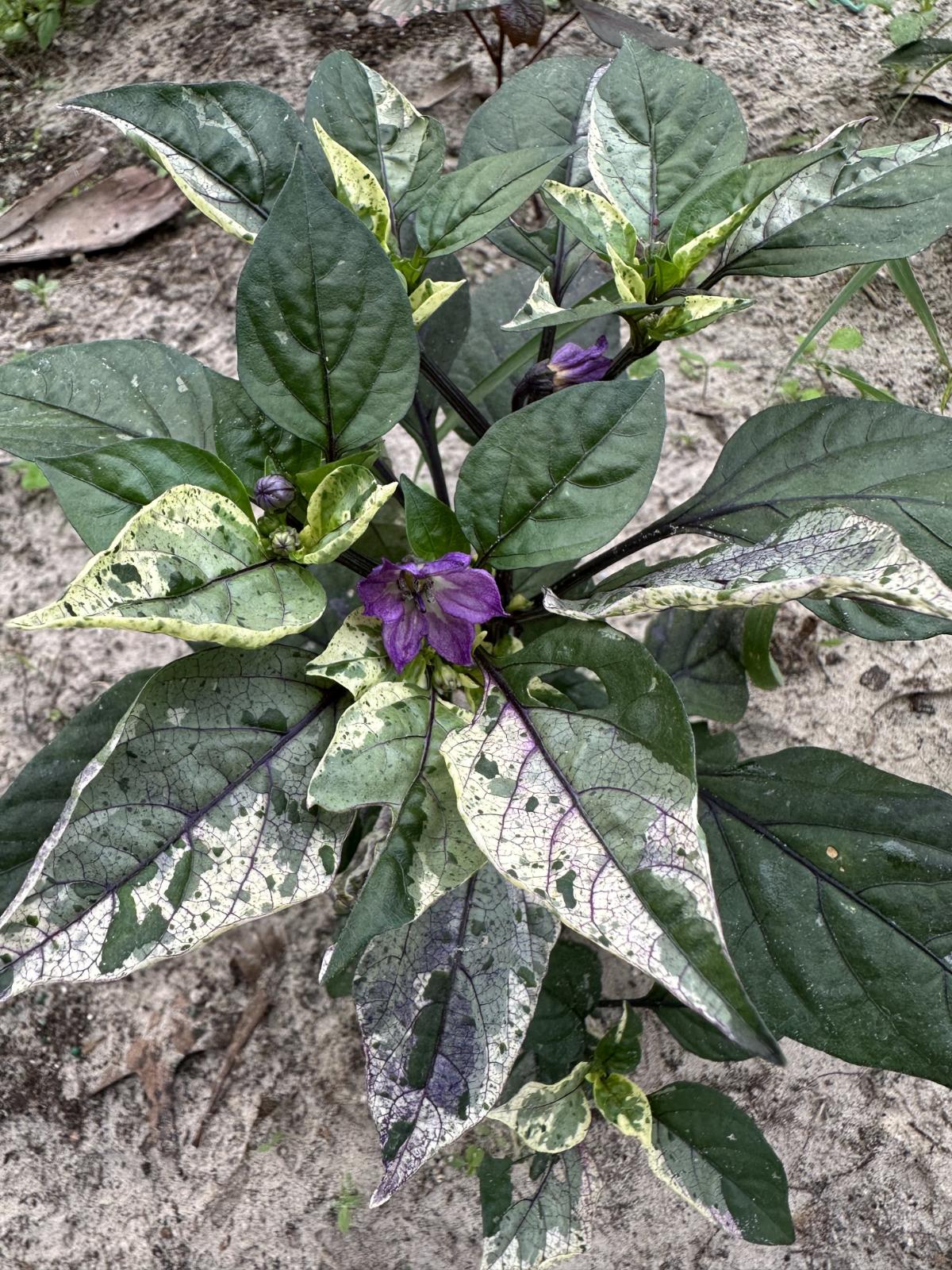
Ornamental peppers are prized for their fruit in all colors – red, orange, yellow, green, and purple – and often, they’ll have fruits of several different colors on the same plant, depending on how ripe they are.
Many peppers sold as ornamentals are very hot, so if you’re not used to a lot of spice in your food, it might be best to grow them for looks alone.
As with the tomatoes, there are a few lovely varieties that can fit well into the edible landscape.
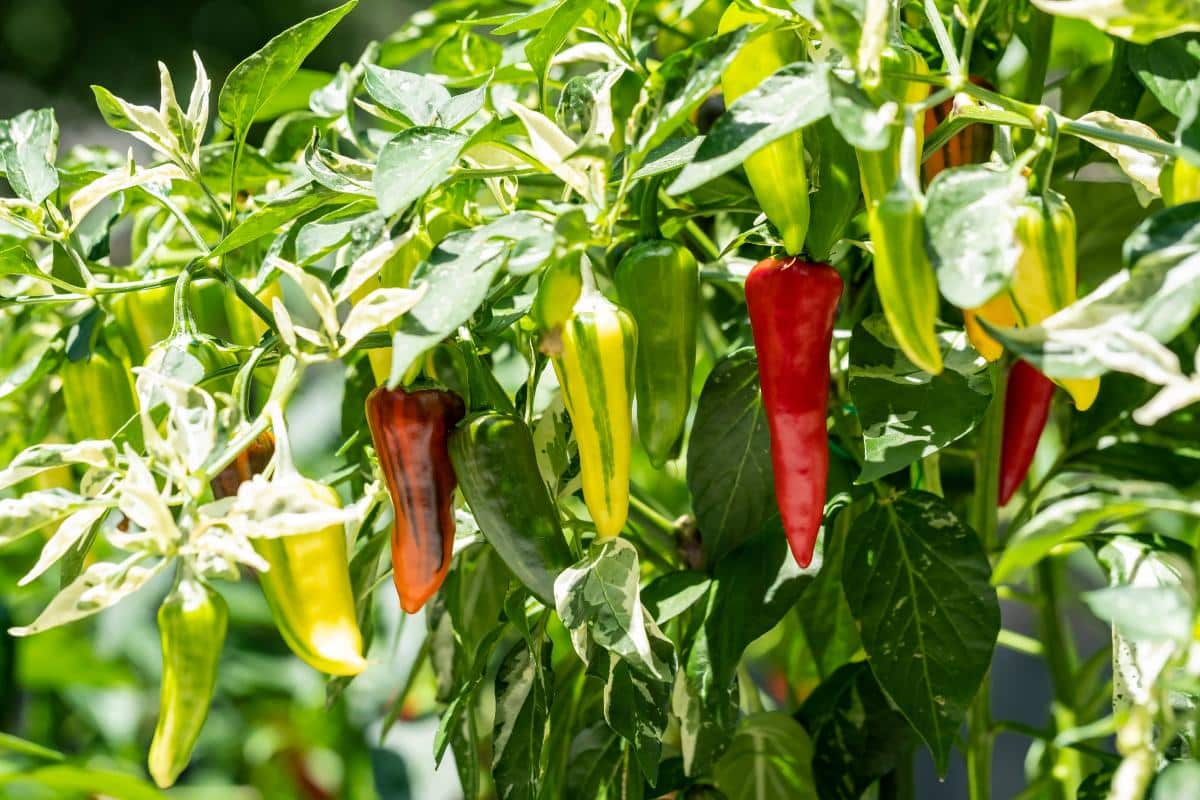
The Fish pepper is a marvel. It bears peppers of red, streaked orange, yellow streaked with green, all at the same time. Not only that but the foliage is variegated! Fish (named for its use in seafood) was an heirloom vegetable for 19th-century African-American people in the Chesapeake Bay area. It’s available through Seed Savers Exchange.
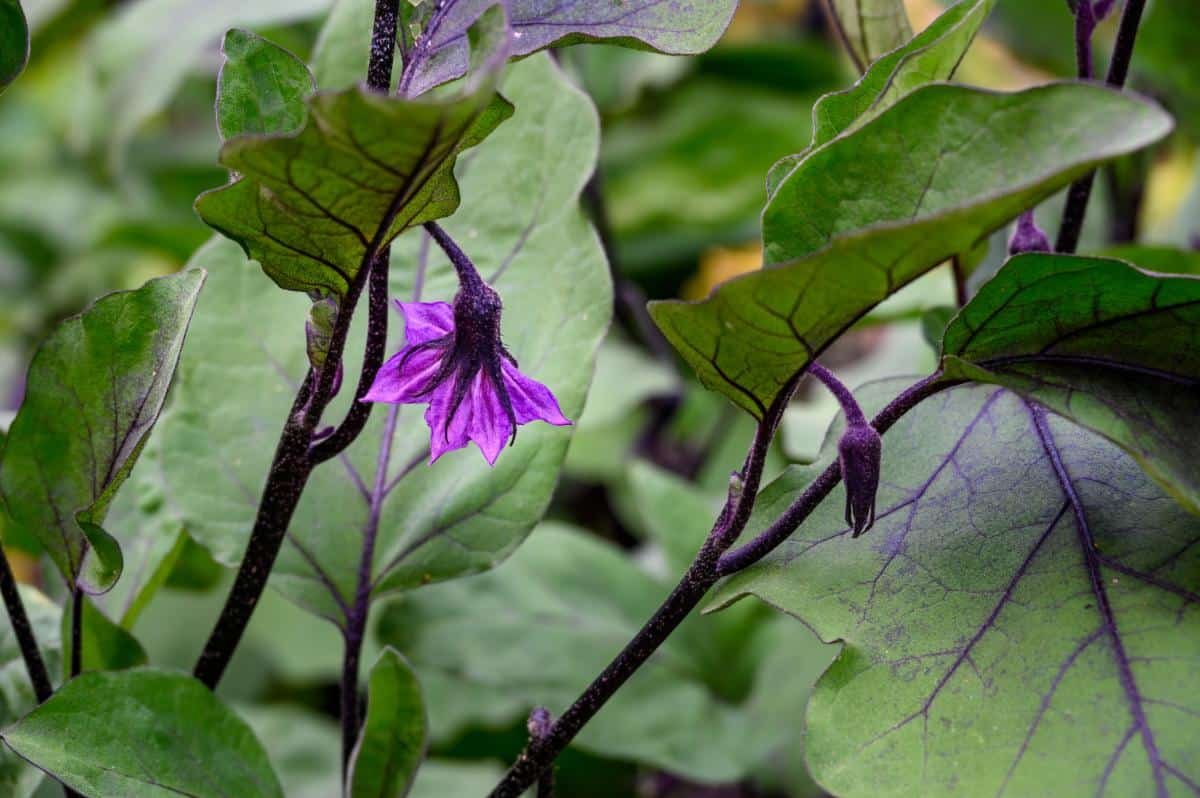
The Murasaki Purple pepper from the Nara prefecture is almost fully black when ripe. It looks like a hot pepper, but it’s actually very sweet and heatless.
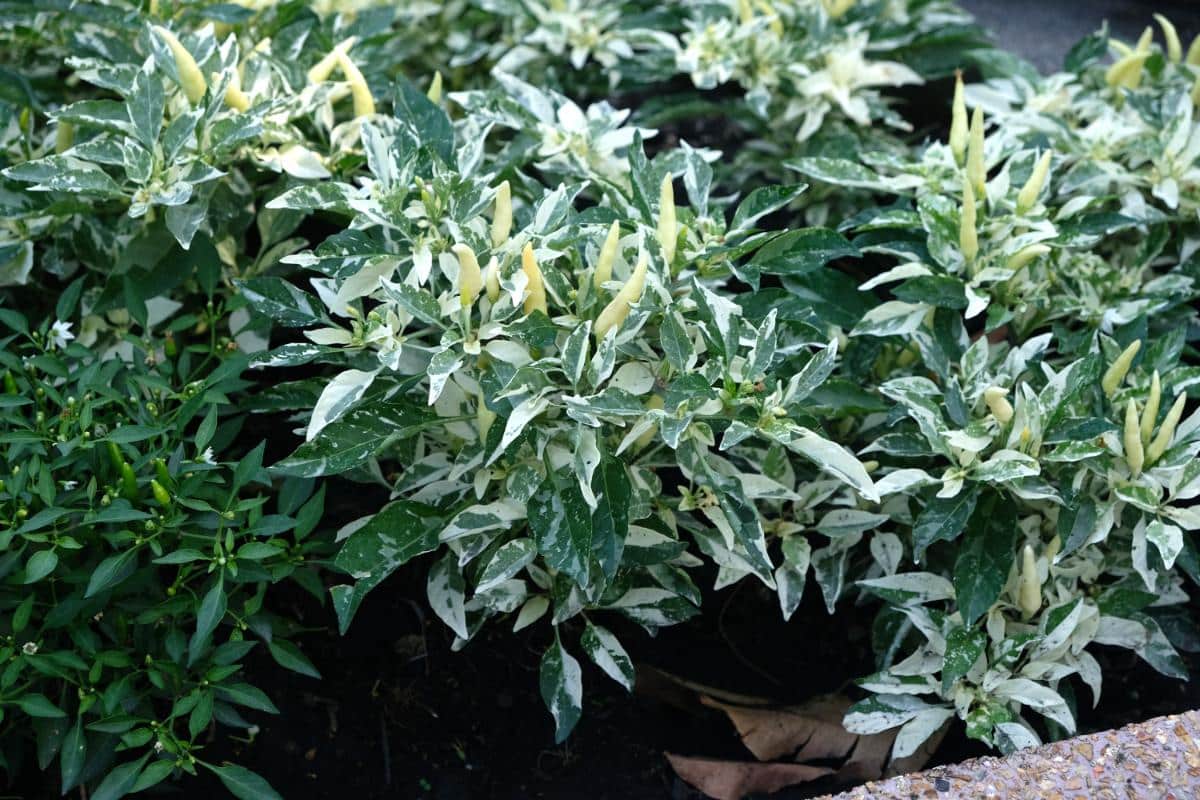
Hot Palette Pepper has white variegated leaves and pale white peppers.
Herbs
Herbs can lend a more formal element to the edible landscape.
- Rosemary can be grown as a fragrant evergreen hedge if you live in an area where they’re hardy. They can be trimmed and shaped for a more formal look.
- Globe basil has a rounded shape that makes a great edging plant (and it smells so good when it’s brushed against or picked).
- Purple dark opal basil has luminescent dark maroon leaves that will add color to your garden all through the growing season until the first hard freeze.
- The soft, ferny-looking leaves of dill and fennel can be grown to soften garden areas. They’re like baby’s breath in floral arrangements. They both bear umbels of bright yellow flowers.
- Low-growing thyme, such as mother of thyme, can be grown as a very fragrant mat to be walked upon, and it also blooms in pink and white. Great for edging and filling.
- Chives are tiny onion stalks with fluffy pink flowers. They will reseed and spread like wildfire, so grow them in a pot to try and keep them contained. The same thing goes for oregano and mint.
- Triple-curled parsley provides a lot of texture. This works as a filler between shrubs or plants that are growing out or just to add texture between taller plants.
Sage
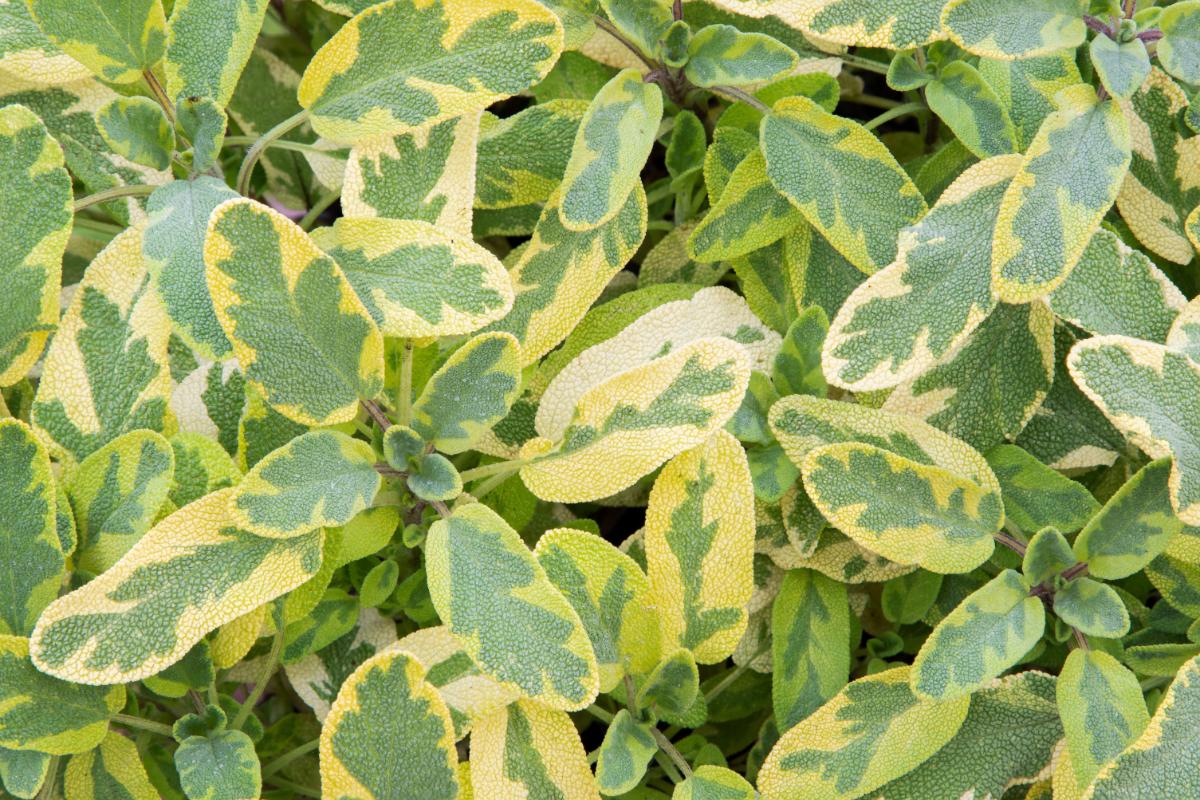
Sages add color all through the growing season until the late fall freezes. They are more middle-of-the-border plants and tend to sprawl, so they’re best for an informal look. Sage also bears small purple blossoms in summer. However, herbalists recommend not allowing herbs to bloom, if possible, as the oils and taste of the leaves decline when herbs are blooming.
- Common sage has soft grey-blue leaves.
- Tricolor sage features white, purple, and green.
- Golden sage has yellow leaves with a bit of green.
- Purple sage has new leaves that come out in purple, and then they eventually turn green.
Bok Choy
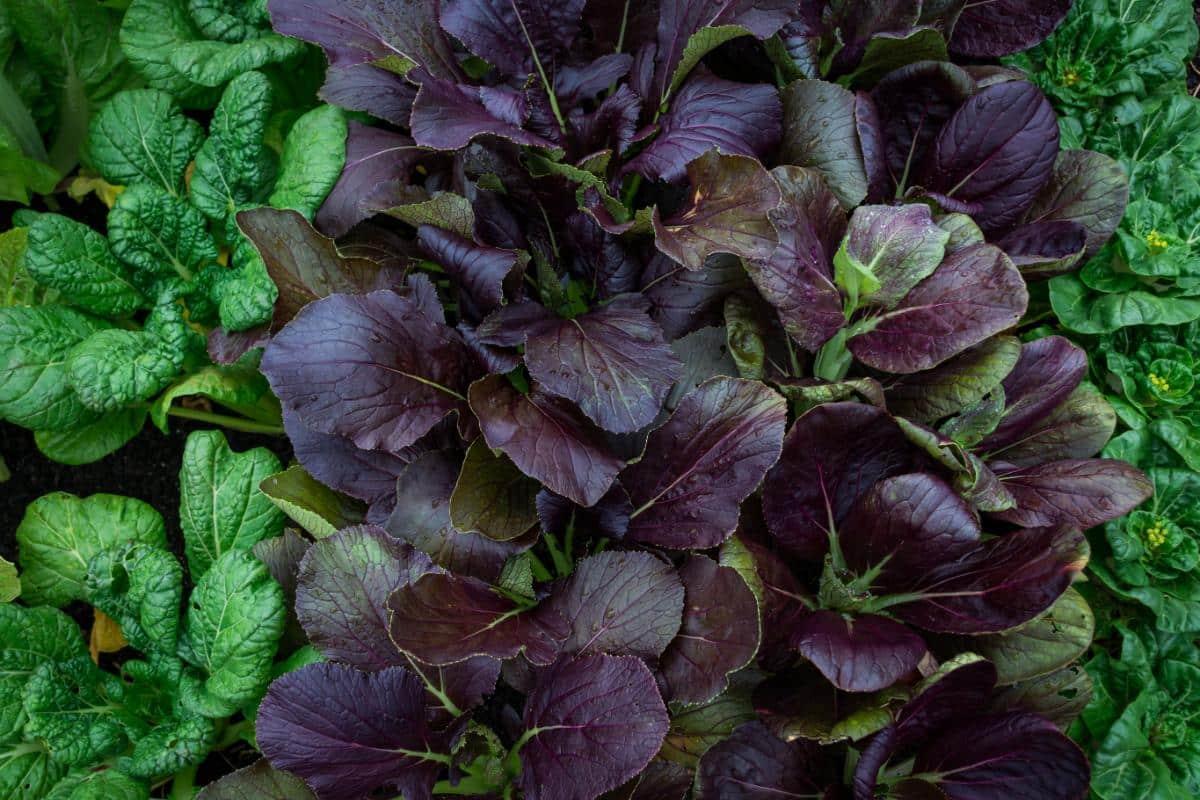
This adorable little mustard green is full of color and flavor. Bok Choy is a nutrient-dense superfood, a great source of vitamins, and it’s tasty.
- Baby Milk has white, sweet stems with dark green leaves. The whole plant could fit into your hand, and it has a tidy habit. A fun addition to the garden.
- Purple Lady is an eye-catching purple choy. The leaves are a dark plum-purple, while the stems are a bright green. These can make a statement in the garden.
- Yellow Heart Winter is an especially cold-hardy choy. The leaves look more like open yellow flowers, and the stems are pure white. Great for winter gardens, and they taste far better than those ornamental kales you see in corporate landscapes.
Unusual Cauliflowers
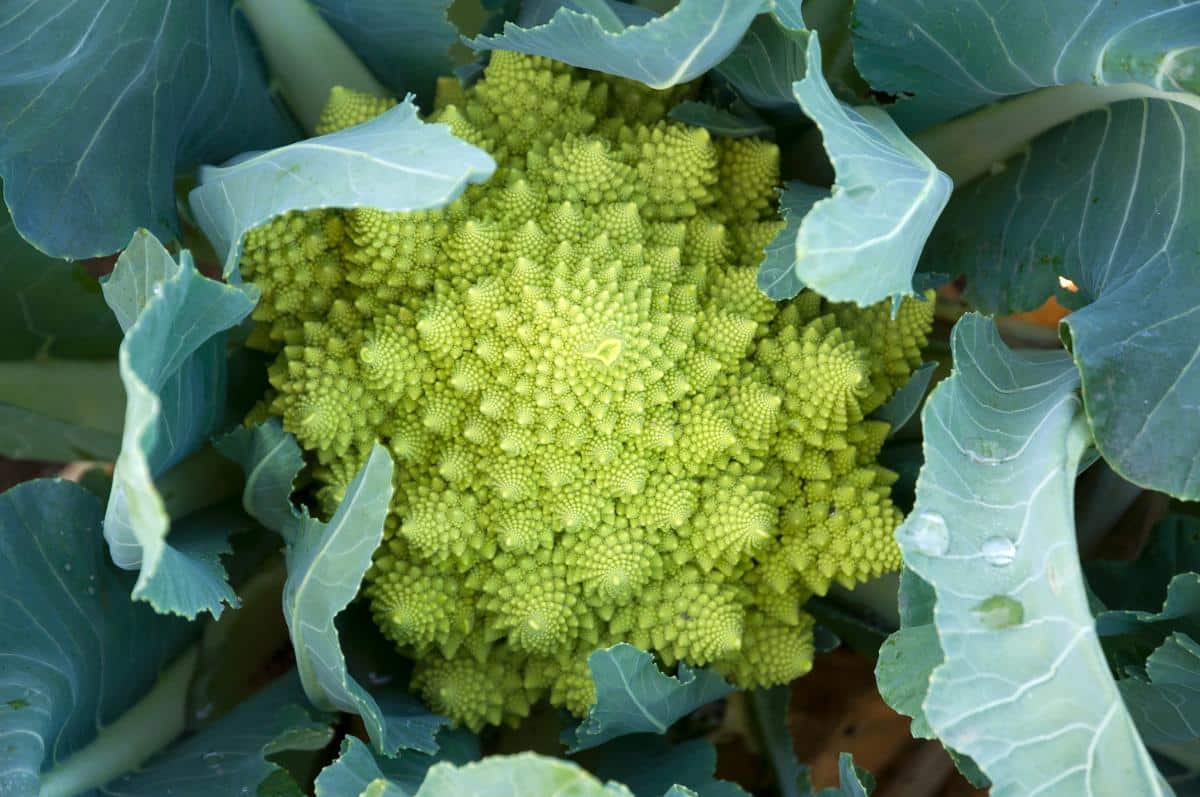
Cauliflower is not just white. It can also be purple, pink, or yellow.
- Purple of Sicily is a purple cauliflower with lots of colors – even the leaves have a purple tint. This cauliflower looks interesting in the garden with a head that grows to 2 or 3 pounds! It cooks up very well, and the purple in the cauliflower gives it additional antioxidants that white cauliflower can’t give you.
- Romanesco broccoli (Brassica oleracea botrytis) is technically a cauliflower cultivar, not a broccoli, despite its name. The buds are branched into logarithmic spirals that look like natural fractals, repeating all over the head of the cauliflower. A fascinating plant in the garden and on the dinner table.
No Raggy-Taggy Vegetables Here
Skeptics – or anybody who has spent any time in a vegetable garden – can be forgiven for thinking that edible plants would be a poor choice for the ornamental landscape. They’re familiar with how a tiny tomato plant can overgrow its support and rage across the rest of the garden like Godzilla in Tokyo. They’ve seen cute eggplants get peppered with holes from flea beetles, watched entire rows of lettuces bolt like fireworks, and witnessed cabbages collapse into a ball of black rot.
Fear not. Heirloom vegetables were grown before the days of chemical fertilizers, so they have to hold up in the garden.
Remember: Heirloom seeds can be saved and sown again next year. They grow back true to seed (hybrid plants don’t).
The Number One Rule of Edible Landscaping
The top rule is this: Do everything you can to make your garden look like a regular landscape. This is key.
An edible landscape shouldn’t look like a vegetable garden with long lines of food crops. It should look like a regular landscape, whether you prefer a formal or informal style, full of color, or built from textures and shapes.
Make a landscape plan using a formal design, using symmetry, structure, and repetition. Put tall plants in back, short plants in front.
Use materials that look refined – for example, wrought-iron cages for your tomatoes instead of the cheap aluminum hoops.
Make raised beds or add decorative fencing.
Grow regular shrubs and flowers among the edible fruits.
Keep the garden neatly mulched.
Start Small
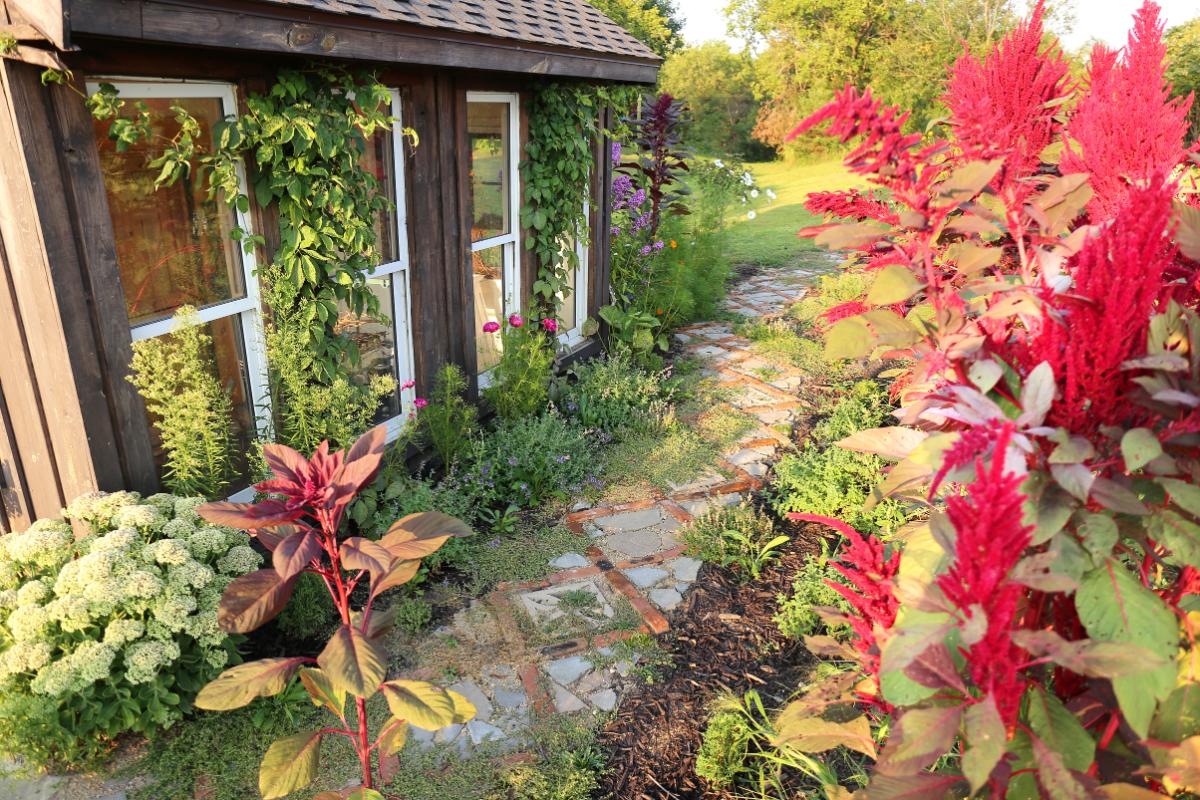
If you already have a landscape, then start small by mixing in a few edible plants here and there. Experiment before you go all out and make a full bed. Gardening takes time and there’s a learning curve involved. Sometimes plants want to do their thing instead of what you want them to do. It’s important to roll with the changes when this happens.
So, add a border of red lettuce along a garden bed. Place a few amaranth plants at the back of the border. Tuck a fig or lemon tree into the border.
Plants will need to be changed out. Kale and lettuce will bolt when the temperature starts heating up and will need to be removed from the garden. Add in some edible flowers like calendula to fill in the places they leave.
When adding them to the landscape, make sure there’s enough space around them to access and harvest the plants.
- Read more: 12 Best Ornamental Food Plants for Edible Gardens
- Read more: 8 Perennial Edible Ground Covers

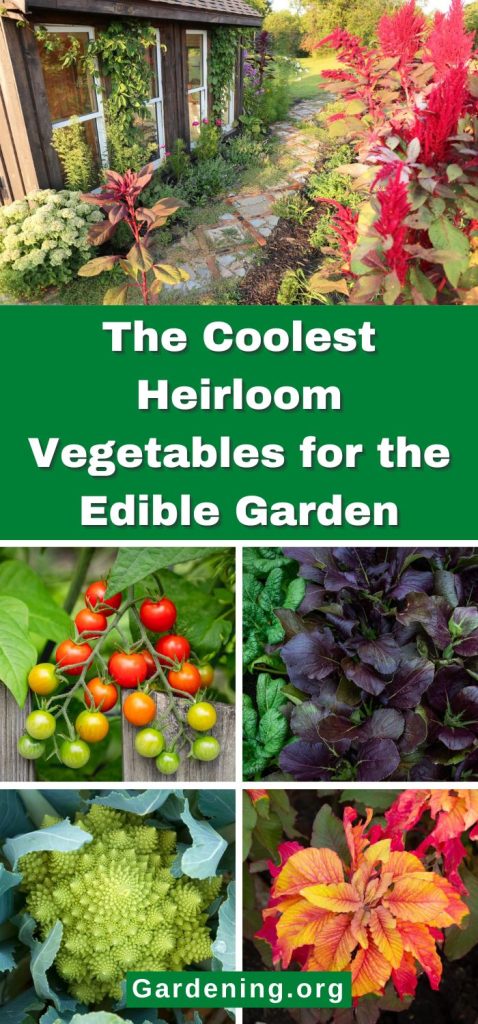
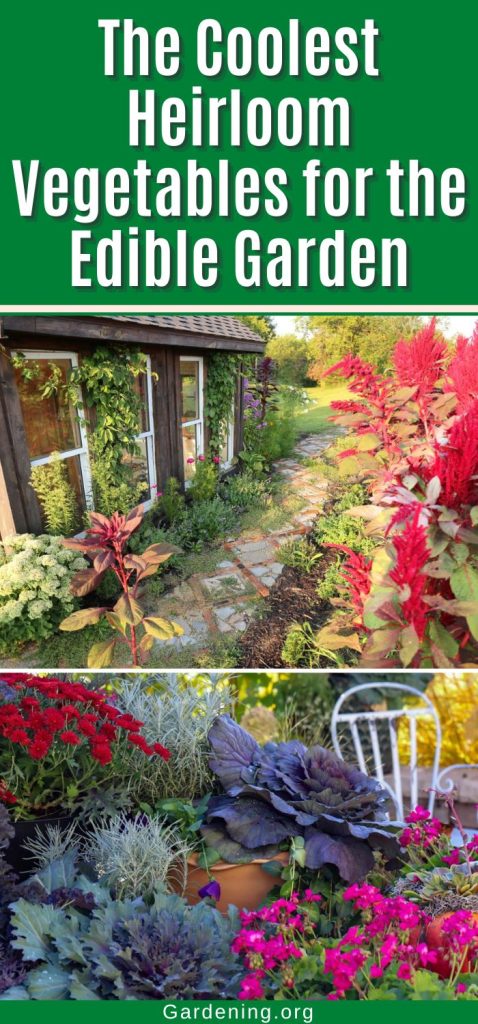
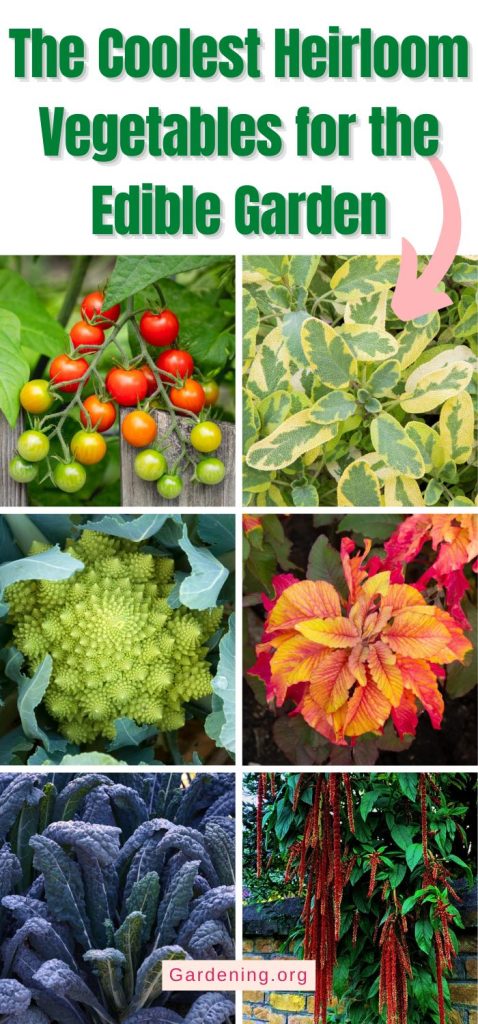
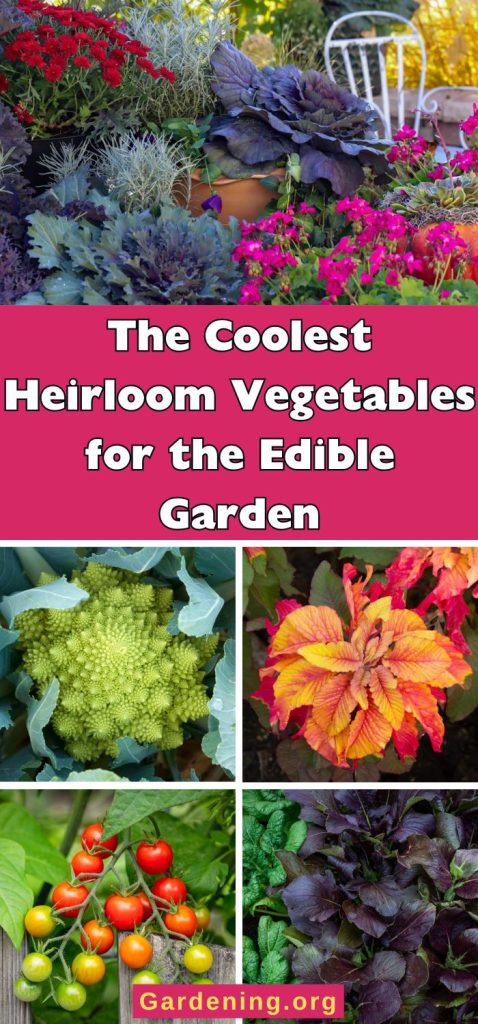
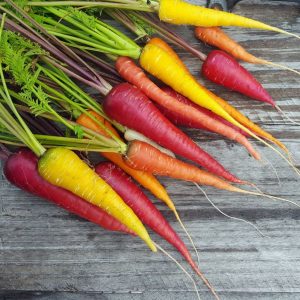
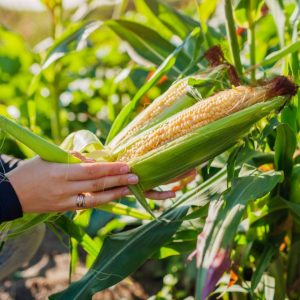
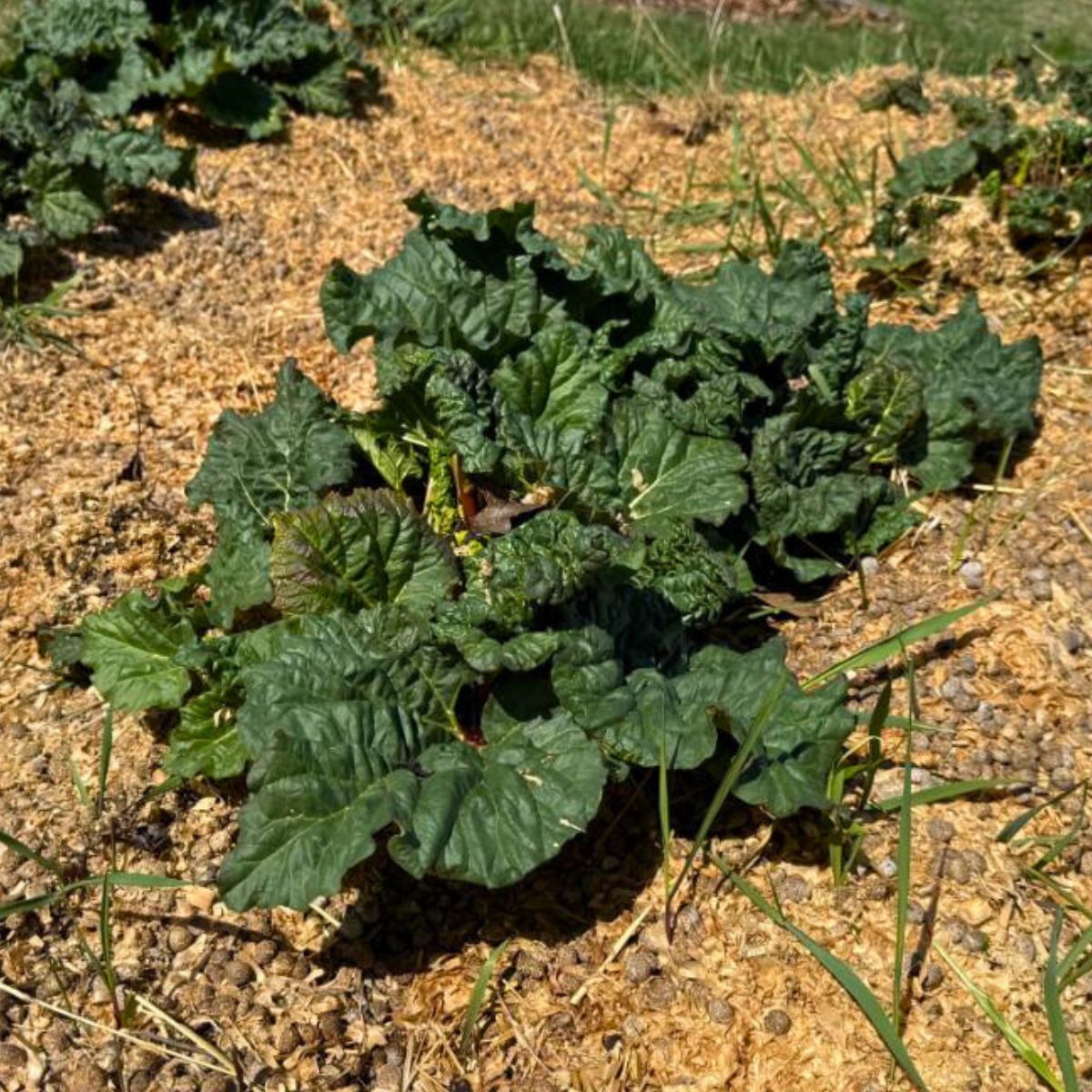
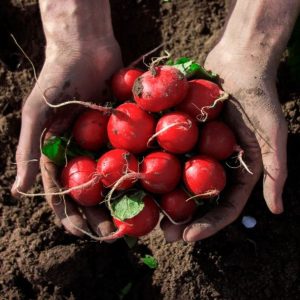
Leave a Reply